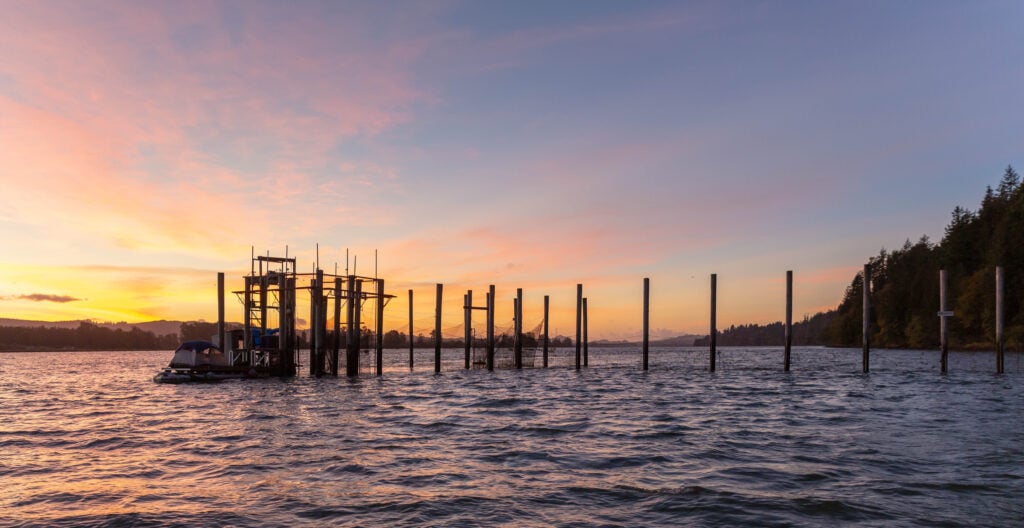
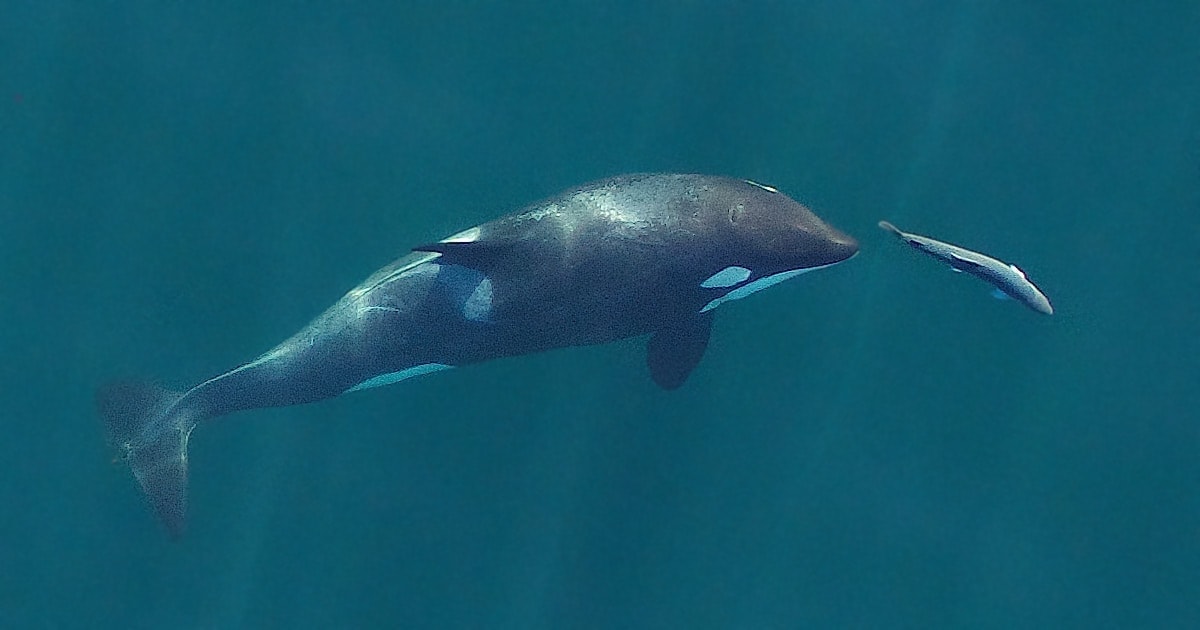
Fish traps release threatened and endangered salmon and steelhead unharmed. Our published research measuring the impact of fish traps on wild salmon and steelhead survival over space and time has shown fish traps can release fish with no measurable effect, or nearly 100% survival post-release.
This selective fishing method allows harvestable healthy and hatchery runs to be selectively harvested, while threatened and endangered wild stocks are passively released unharmed to continue upriver to spawning grounds.
In systems like the Columbia River with robust hatchery stocks, fish traps can further aid recovery efforts by harvesting hatchery-origin fish produced for harvest, thereby preventing them from reaching spawning grounds where they threaten the genetic fitness of wild fish and compete for resources
The passive and low-impact nature of fish traps makes them excellent research stations and noninvasive tools to monitor run timing, run size, stock- composition, survival, fish behavior, genetics, PIT tags, and CWT’s.
Unlike ocean fisheries which compete with or harvest Chinook before killer whales have a chance to feed, fish traps harvest in rivers where mature salmon and steelhead return and after the whales have fed. Reducing the number of Chinook harvested and incidentally killed in commercial salmon fisheries is widely recognized as one of the most critical steps to recovering threatened and endangered Chinook and Southern Resident killer whales.
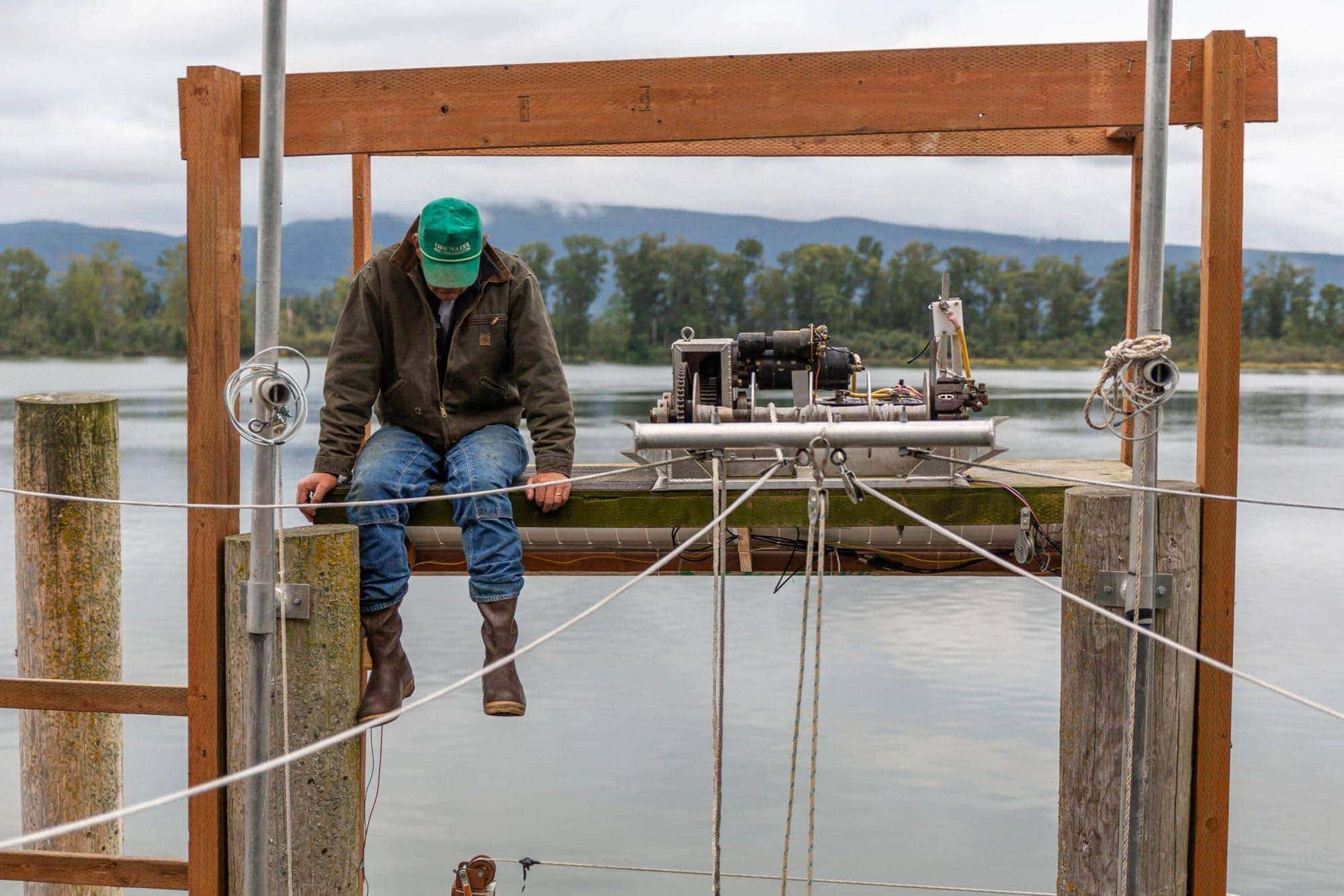
By providing fishers a method to harvest with nearly zero impacts to threatened and endangered stocks, commercial fishers can fish healthy wild and hatchery stocks longer and more consistently. Most importantly, fishers can help preserve and sustain their local fisheries for future generations.
While many seafood products claim to be ‘sustainable’, this fishing method is tested and proven with published research to support. Fish traps can achieve sustainability certifications that lead to higher prices in a market that increasingly values a highly sustainable product, rewarding fishers transitioning to sustainable, selective fishing techniques.
Fish traps allow fish to be passively harvested with extremely minimal handling, air exposure, and virtually no entanglement, resulting in minimal stress on the fish and a higher-quality salmon product relative to other gears.
In addition to sustainability certifications, fish harvested from fish traps in river systems may be certified or marketed with supporting data as ‘orca safe’ – further driving up the marketable price.

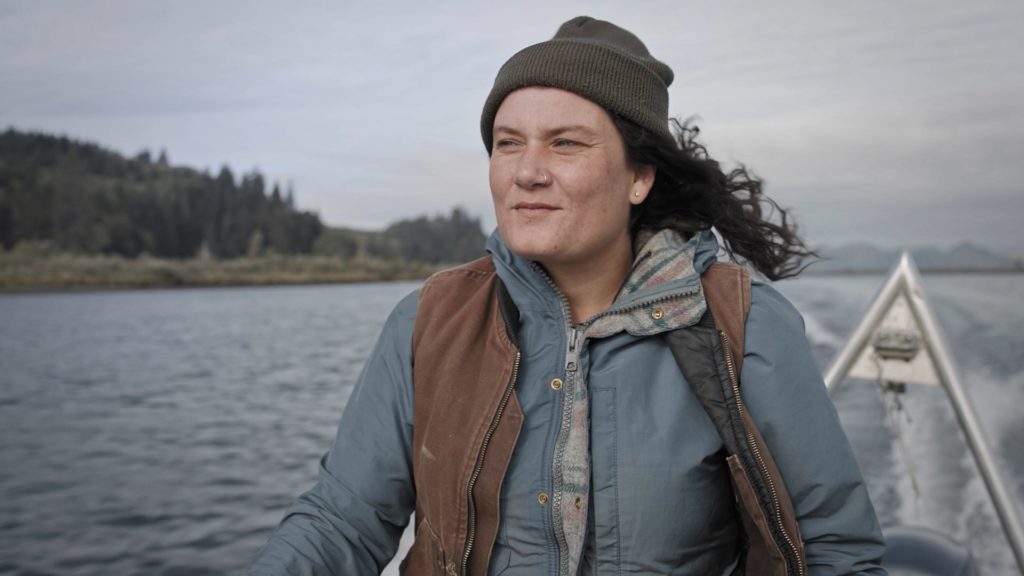
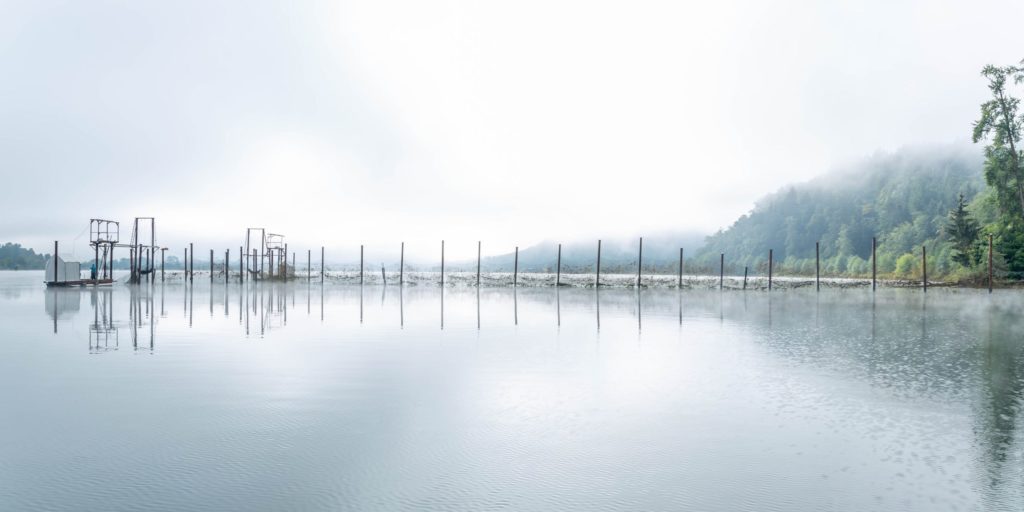
Lorem ipsum dolor sit amet, consectetur adipiscing elit.
Join our mailing list to recieve important updates on our work, the latest wild fish news, & opportunities to take action to support wild fish.
This site is protected by reCAPTCHA and the Google Privacy Policy and Terms of Service apply.
Wild Fish Conservancy is recognized as a 501(c)3 non-profit by the IRS